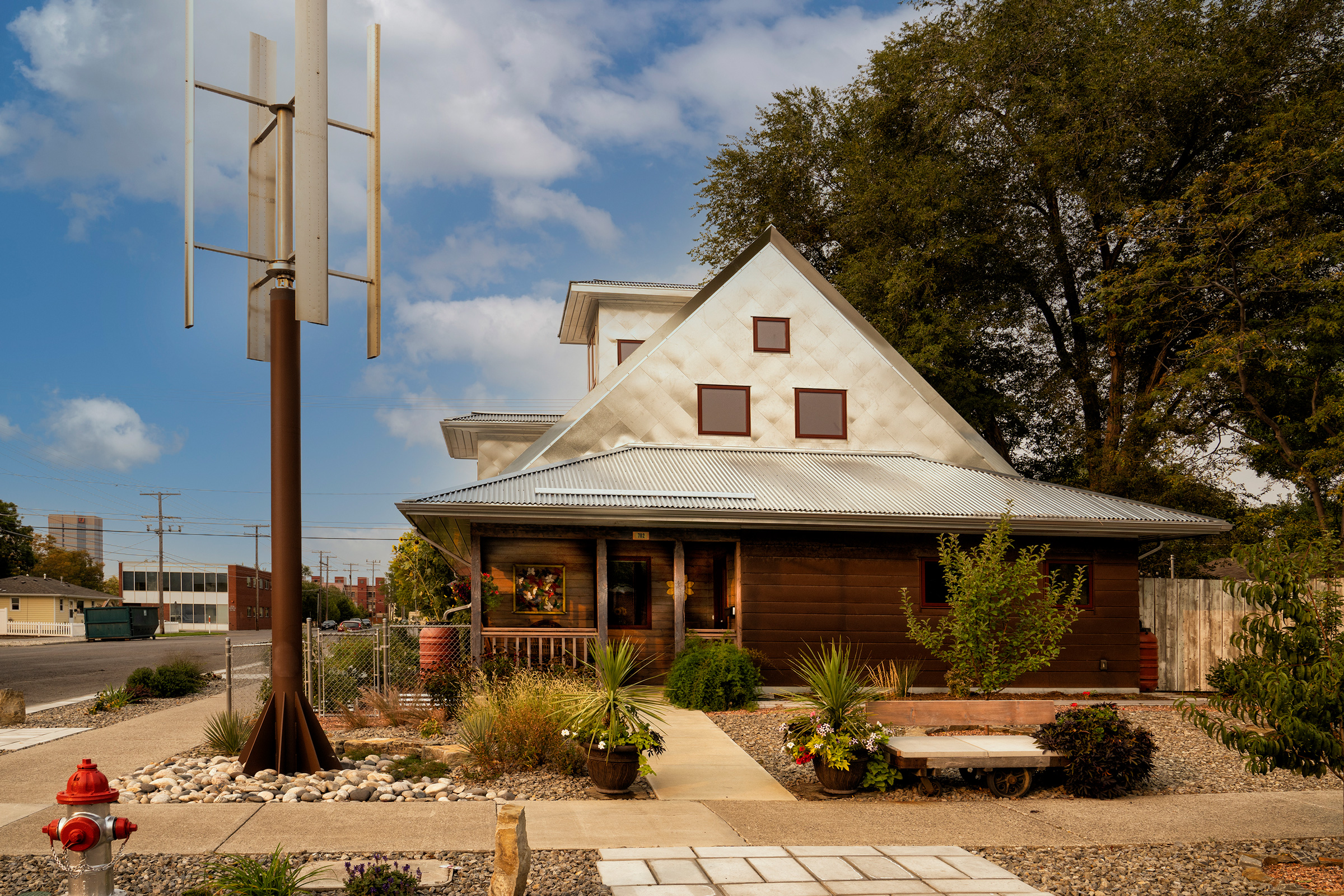Story at a glance:
- Baffles in an attic improve ventilation, creating a channel for air to pass through between insulation and vents.
- Proper air ventilation in an attic prevents mold and rust in humid summer months, plus buildup of ice dams in the winter.
- Baffles come in a variety of sizes and materials—including plastic, styrofoam, cardboard, and plywood.
Most people rarely set foot in their attics unless they work in construction or home inspection. If you’re not one to frequent that topmost level of the home, you might not know what baffles are in an attic—or why they’re so important.
Baffles, no matter their material, are necessary to a well-constructed attic and the air that circulates inside it—even if the attic is well insulated.
Attics are often hot in the summer, when heat absorbs through a roof’s shingles and collects in the uppermost floor of the house. Of course, hot air also rises. In a house this means warm air on every level floats up, accumulating at the highest point in the attic. Attics also tend to get hotter than any other room in the house during warm weather months, since they are not climate-controlled with air conditioning as most other spaces are during this time.
Because of this, attics are usually much hotter than the outside temperature, though they should ideally be as close to the temperature outside as possible. There are several ways to improve a disproportionately warm attic and give its heated air a place to go—mainly with baffles.
Airflow
Perhaps the most vital factor in every attic is ventilation and airflow.
Soffit vents improve circulation in an attic by intaking air from outside. This makes the indoor attic closer to the outside temperature.
Exhaust vents on the top of the roof allow attic air to escape from the house. These vents help remove moisture and condensation often found in hot attics.
What are Baffles in an Attic?
Baffles are channels that improve air circulation in the upper-most level of your house, sitting in an attic’s rafters and improving levels of humidity and moisture to prolong the longevity of the space.
Air travels inside an attic through soffits, then through baffles, before it begins to heat up and rise—because indoor attic air is warmer than outdoor air in both the summer and winter—exiting the attic through the exhaust vent.
Insulation, or the soffit and exhaust vents themselves, can clog air’s only pathway in and out of the attic. This is where baffles come in. These chutes create room between vents and the insulation, often fiberglass batts, to allow optimal airflow. Baffles also serve as a barrier between soffits and the attic’s walls and ceilings, preventing outside air from entering the insulation by creating a direct path to the exhaust vent.
Why Baffles Matter
If you neglect installing baffles, you risk a handful of issues and potential costly repairs.
A lack of proper circulation and control over high attic temperatures degrades shingles and other roof coverings faster. Proper air circulation prevents moisture in summer months, which can cause rust and leaks if roof shingles begin rotting because of the attic’s humidity. High levels of heat can also destroy items stored in your attic, plus cause you to run the air conditioning more frequently, increasing energy consumption and bills for your house.
In colder months, poor ventilation in the attic can cause ice dams, or slabs of ice that damage the roof. Ice dams form when a warm attic and roof melts snow, which accumulates as ice on the edge of a roof.
How to Install Baffles
Baffles must be installed directly to the roof deck, between exposed rafters, to allow the best possible air flow.
For maximum ventilation a baffle should be installed tightly between every rafter. The baffle should fit snugly where the ceiling joist meets the rafter, but you may need to use spray foam to insulate any possible air leaks.
Types of Baffles

The linear baffles of Atmosphera Analog lend themselves to the high ceilings found inside Rios Clementi Hale Studios in Oakland, California. Photo by Jasper Sanidad
Baffles come in many sizes to fit attics of all kinds. Most often these chutes are made of plastic, styrofoam, cardboard, or plywood.
Though baffles are often used in today’s indoor architecture to absorb noise and improve a room’s acoustics, those installed in an attic don’t require aesthetic beauty and functionality—just the latter, but not necessarily for quieting sound. Here’s what baffles in an attic look like.
Plastic
Plastic baffles are durable and last longer than most other materials. They come in different sizes to fit between the most common spacing between roof rafters: two inches, 16 inches, 19.2 inches, and 24 inches. Plastic baffles are not porous, meaning they don’t absorb the moisture that leads to mold and, eventually, degradation in an attic. The thick plastic material will also block air leaks and work with almost any insulation, stiff enough to weather the force that comes with spray foam installation.
Styrofoam
Both plastic and styrofoam baffles come in various sizes to fit in the space between rafters. Though more expensive than plastic, styrofoam baffles are flexible and easy to install by stapling to the ceiling. Styrofoam baffles can offer an extra layer of insulation and are perfect for high humidity and extreme temperature locations since they also reject moisture.
Cardboard
Cardboard, the cheapest of these baffle materials, is even easier to install than plastic because of its malleable nature. While plastic and styrofoam baffles can be difficult to cut through to shape to your rafters (if you can’t find the right size), cardboard is a breeze to shape to the dimensions you need between rafters. But cardboard is also the least resistant to moisture, since the material is so porous. For that reason, cardboard baffles are most common in attics in drier climates with cheaper interior builds, often recycled from previous use as a cardboard box.
Plywood
If you’re looking to install your own attic baffles, plywood, similar to cardboard, might be the material to use, since many homeowners have it on-hand from other projects. Also like cardboard, plywood’s porous nature gives mold an easy spot to grow over long periods of time, leading to faster baffle degradation than plastic or styrofoam baffles. Plywood’s sturdiness makes the material a good choice for additional insulation, though it can also make the rigid wood challenging to install.




